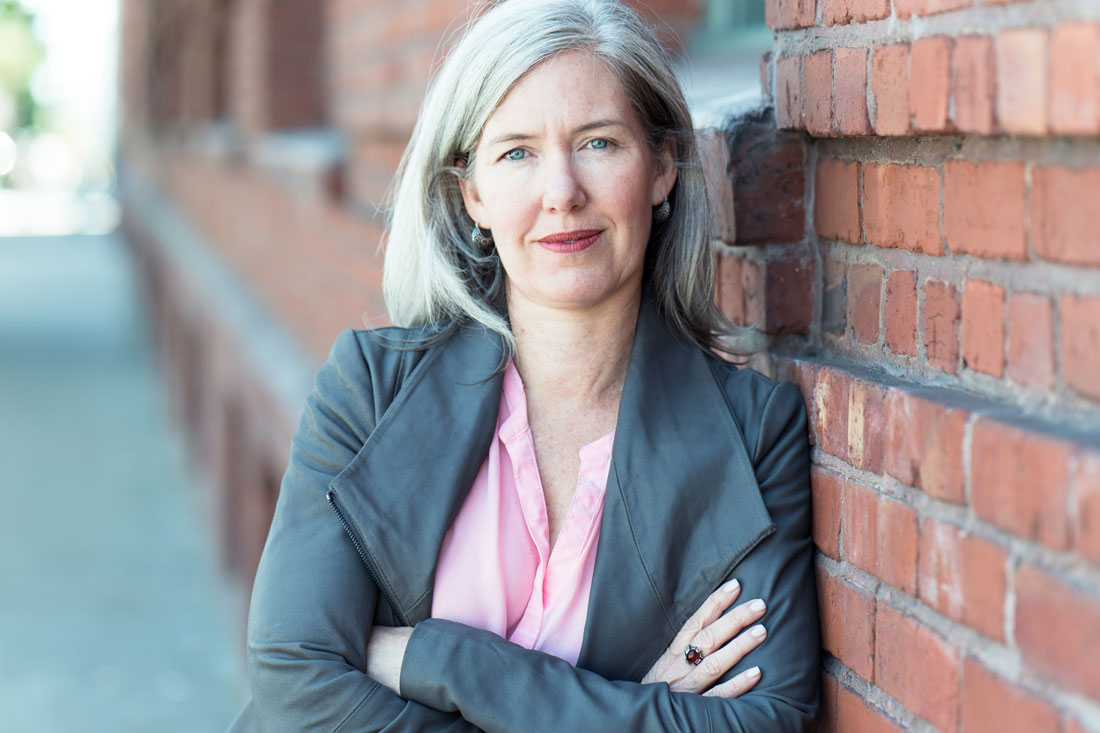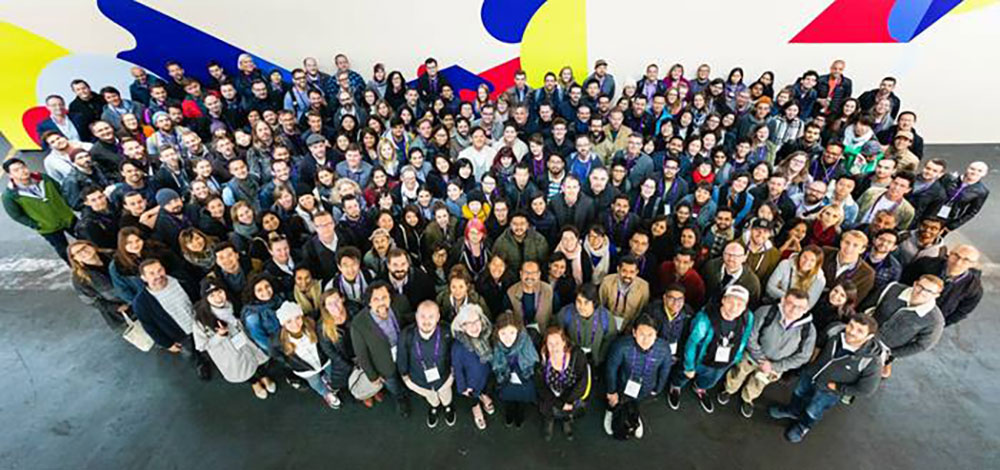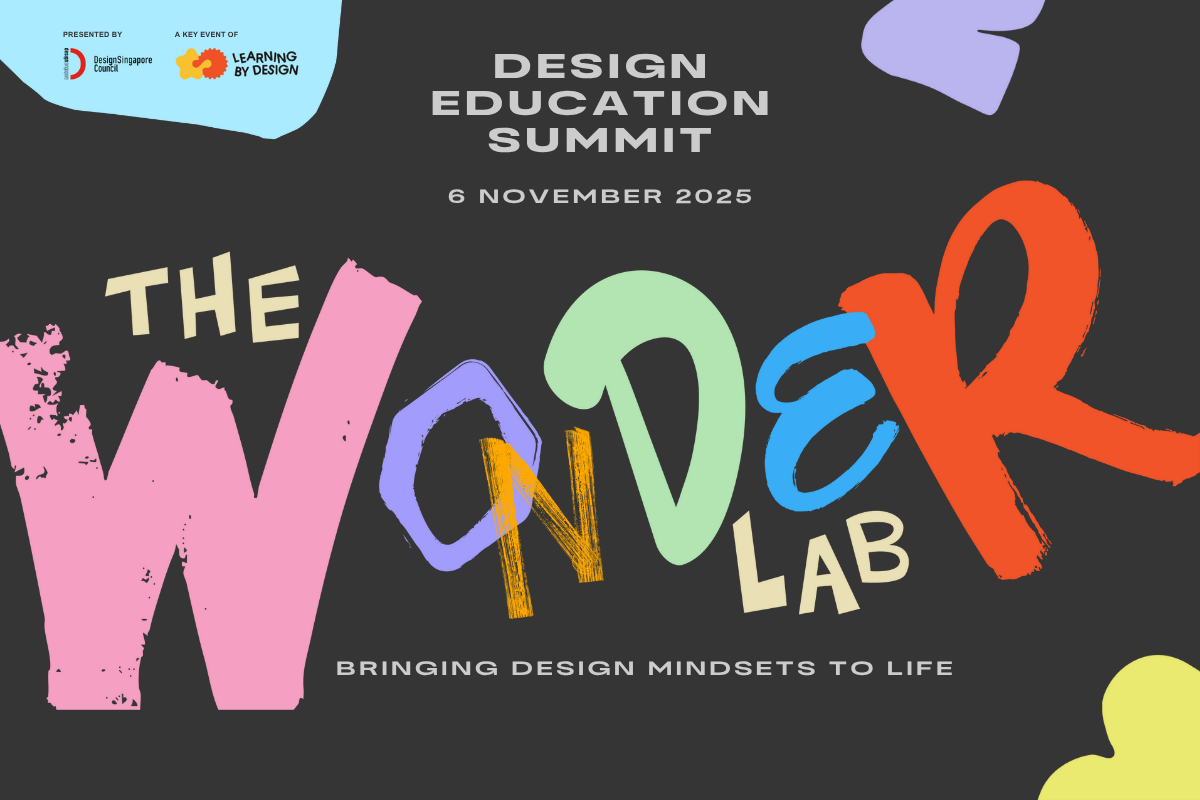Designers – it’s okay to be imperfect
Vice-President of Design at Adobe, Jamie Myrold (as told to Pamela Ho) shares how design and tech trends are influencing Adobe’s work, and gives advice on how designers can be relevant for the future.

I’ve been with Adobe for 15 years, and I’ve seen the business transform from shipping software in a box – where our design process assumed an 18- to 24-month release cycle – to delivering software from the cloud, which has opened the door to continuous iteration, improvement and addressing customer feedback in real-time.
I’ve also seen our design team take our products in new directions, like later this year, we’ll be bringing out a fully functioning Photoshop on iPad. It’s a huge design challenge bringing our most iconic desktop application to a touch-enabled device.

What we design today – unlike classical design – is never done. The fact that there is no end-point is super exciting! I think the biggest mind-shift was helping the team feel comfortable with not being perfect.
As a design team, the main issue we face is designing at scale. At Adobe, we’re designing for hundreds of millions of customers, across a wide range of industries – creatives, knowledge workers, students, marketers. And because we have a large product portfolio, it’s about keeping consistency in our experiences, defining new UI paradigms as we modernise our experience, and ensuring we can work in a more horizontal fashion. To keep us on track, we have something called ‘Spectrum’, a robust design system with guidelines and code that helps us all stay on the same page.
If you’re designing products that have worldwide impact, it also makes sense to have a team assembled that is disparate, culturally diverse, and global in outlook. Diversity and inclusion make better business. But one thing we often forget about is the socio-economic vector – are we doing enough to bring designers in from communities that are underserved economically? At Adobe in San Francisco, where a lot of our designers are based, we’re taking design interns in partnership with an organisation called Treehouse and their TalentPath programme. In order for design as a profession to successfully navigate the massive technological change in the next few decades, we need more diverse voices and perspectives to create the best possible solutions.

What we design today – unlike classical design – is never done. The fact that there is no end-point is super exciting! It enables us to continually improve and add value to our experiences, as well as to have an ongoing conversation with our users, bringing their voice deeply into the design process.
I think the biggest mind-shift was helping the team feel comfortable with not being perfect. Also, there was a different level of collaboration needed: designers had to reach out beyond their own day-to-day design responsibilities to understand how everything connects and works together.
To be future-ready, I think more important than skills are outlook and attitude. New tools and acquiring the skills to use them will always be part of the designer workload. So when it comes to future tech, I don’t think it will disrupt the careers of designers. It will only enhance creativity.
With AI, for example, we are considering ways to limit tedious and repetitive tasks, and to provide proactive suggestions and learning, all in the service of supporting the creative process. Also, with AI, there will likely be an entire new set of design tools emerging. The use of algorithms as a brush to paint with will bring new types of creative expression to the forefront.
With AR, designers have the opportunity to bring creative expression beyond the screen. I don’t see this as a disruption, but rather an enhancement and a new canvas for creation. Technology is not the driver, as it has been for so many years.
It is now up to design to drive the technology where it needs to go. So I encourage designers to fearlessly dig in, be curious and learn.
As for future trends, one thing we’re particularly excited about is “voice as an input” mechanism – that’s a new realm for designers, as voice-enabled devices come to market, particularly in home-automation products from companies like Amazon, Google and Apple. Data-driven design, using the insights derived from numbers – be that where customers click on a website or what features are being accessed most on a mobile app – is also something designers have to become expert in.
For businesses to be future-ready, we need to build up the next wave of design leaders. At Adobe, the designer who is doing the actual work is the one who presents at design reviews. This provides a great opportunity for designers to own their work and hone their communication and presentations skills. They get feedback first-hand, and are also forced to have a strong point of view. Empowering designers in this way helps prepare them to lead teams.
More advice from Jamie on being future-ready:
- Ask questions, shamelessly. It’s ok not to know all the answers, and you’ll only learn if you have the confidence to ask questions.
- Take every opportunity to learn leadership skills. Jump into a management class every chance you get. There are also other avenues like Mass Open Online Courses, which are free.
- Don’t be shy about evangelising design in the public forum. Blog, speak at events, enter awards. Make friends outside the design team. Be collaborative, focusing on solving real problems.
- Follow the interesting work. Design-led thinking vaults designers into strategic roles and remote work has become more accepted. Right now, no designer should be afraid to leave a job.
Jamie on how businesses can hire and build up effective in-house design teams:
- First, business leaders need to value design; then hire a strong design leader who can put design process in place, and create an environment and culture where designers want to work.
- Business leaders need to give designers a seat at the table in strategic conversations.
- Recognise that every business problem is a design problem. The design process can help define and streamline a business goal, so take the initiative to ask what problem needs solving and use design-led thinking to ladder up to the business goals.





